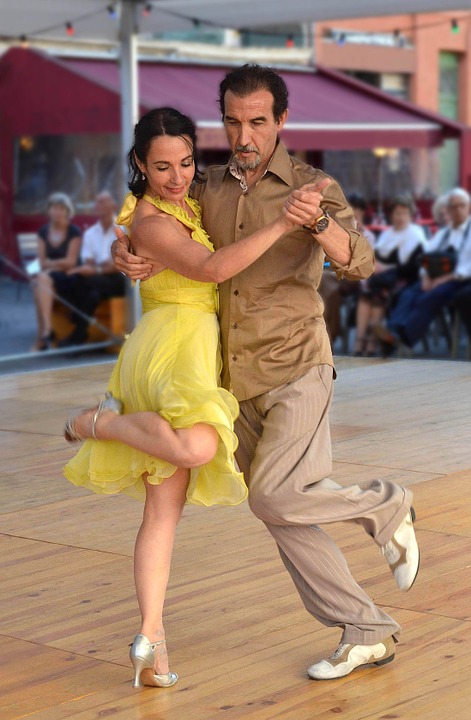Six Things the Happiest Couples Say to Each-Other that Build Daily Trust
After 15 years of working with couples at our LIFE Marriage Retreats and through our AfterCare program, we have come to recognize some commonalities among those couples who take their relationships to the highest and happiest ground. Certainly all those couples followed crucial principles and practices to work through the often daunting issues that had created crisis in their marriages, but just as important, they brought simple daily words and gestures into their lives to continue growing their relationship trust and fulfillment into the future.

“I’m here for you.”
Happy couples know their partner has their back. They trust that home will always be a sanctuary from a world that can sometimes feel a little cold and uncaring. They feel strengthened and renewed by a partner who understands their needs and cares about their well-being, and reminds them of that often. Think of how safe it feels to face life’s challenges with someone you can count on.
“I noticed the good that you did. Thank you!”
Acknowledgment and gratitude are powerful love languages for most people. Struggling couples tend to focus in on what their partner does wrong rather than noticing what they do right, leading to frustration for everyone concerned. Grateful couples know that they will influence their partner in positive ways by noticing and cheering their contributions, not by nitpicking their stumbles. All of us want to feel respected and acknowledged, especially by the most important person in our lives. Happy couples find ways to express gratitude for one another every day, not just on the annual birthday or Valentines cards.
“Can I help you with that?”
Offers of a helping hand to a partner faced with a task or a challenge are a clear expression of love that speak volumes to their heart. Acts of service are unmistakable ways of communicating the message “I care.” Happy couples find that place known as interdependence. They are not dependent on one another in powerless ways, but find joy in the unity of being a team and able to lean on one another appropriately.
“I’m Sorry.”
As we are counseling with couples early in their journey to healing we often sense moments when, if one or the other could simply muster up the humility and courage to express a heartfelt apology, we know the walls that have build up between them would begin to crumble. It’s hard to stay silent and allow them to work to that point in their own time. But as they communicate and reconnect at the Retreat the time finally comes when the cleansing apologies can be spoken and forgiveness extended. With that experience, a couple learns that a consistent willingness to take accountability and express regret for a misstep will keep the air clear and prevent the inevitable hurts and frustrations from festering.
“I feel…”
Vulnerability is a powerful way to build trust with your partner. Sharing feelings, hopes, dreams, and concerns with one-another helps bring an accuracy to our feelings and expectations. Struggling couples find it hard to trust enough to be vulnerable so they are left to write their own scripts about what their partner might be thinking or feeling, and almost always those stories they tell themselves will be inaccurate and even damaging. Happy couples know what this beautiful quote about friendship means: “A friend is one to whom one may pour out the contents of one’s heart, chaff and grain together, knowing that gentle hands will take and sift it, keep what is worth keeping, and with a breath of kindness, blow the rest away.”
“I would like it if…”
The happiest couples are willing to talk about their wants and needs, and listen to those of their partner. Even after years of companionship they don’t take things for granted or believe they know everything that is important to one another. Helping each other fulfill legitimate physical, mental, emotional, and spiritual needs is one of the most effective trust building practices for a couple. Such caring and giving inevitably leads to a depth of trust and emotional and physical intimacy and connection that remain unavailable to those couples that are too busy or afraid to share honestly about needs and what helps them to feel valued.
Stay conscious of opportunities to speak such words of peace regularly in your marriage
If you have gotten out of the habit of acknowledging and thanking your partner, apologizing for the inevitable stumbles, and sharing your thoughts, feelings, and needs with one-another, set a goal to get into those good habits again. It might feel hard to break through the ice and walls that have built up between you, but stay true and both of your hearts will soften and the way will be cleared to take your relationship to higher and happier ground!
You can read more about other relationship-building daily expressions in Kelsey Borresen’s book, “11 Things the Happiest Couples Say to Each Other all the Time.”


















